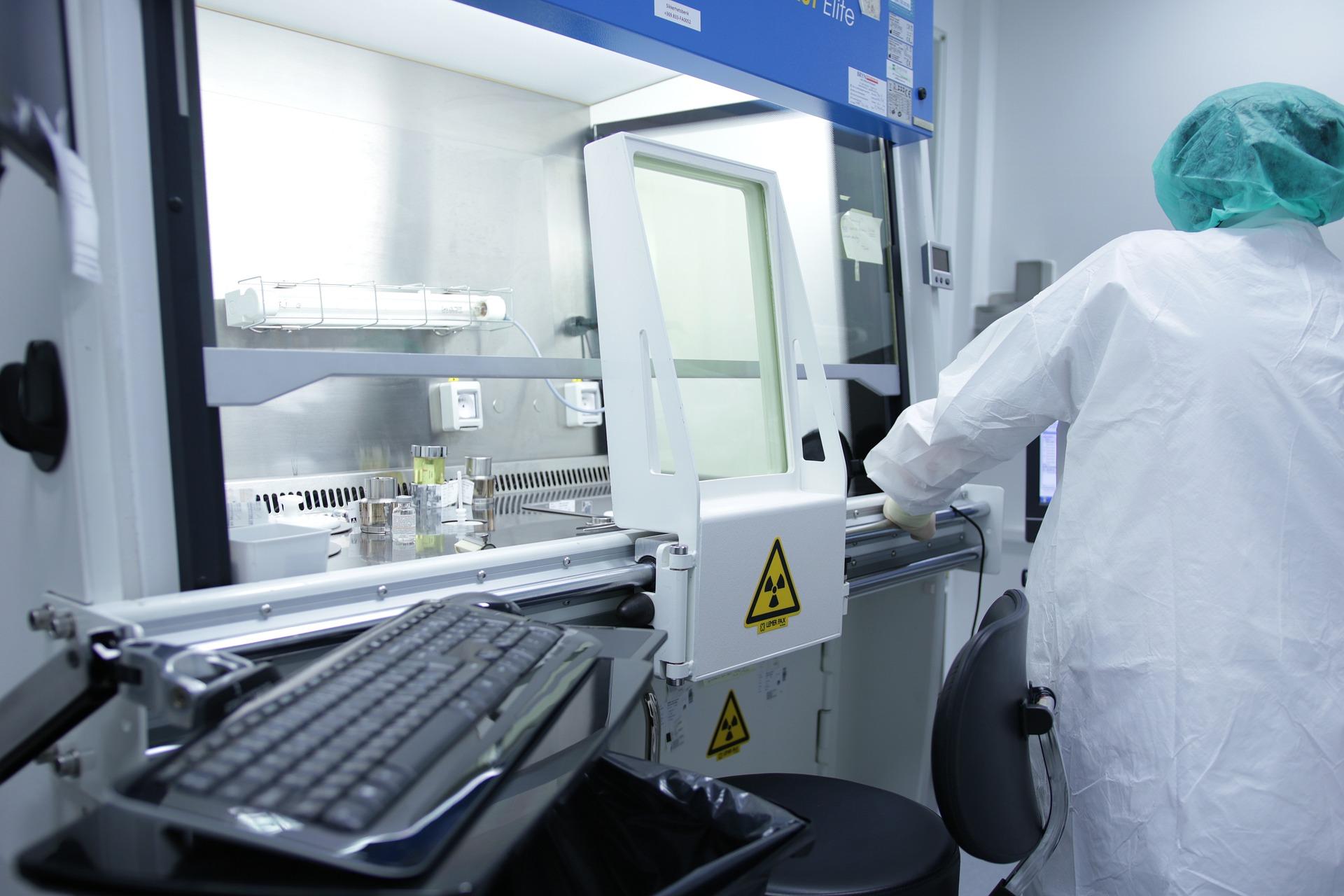Development of a Radioligand for ACE2 PET Imaging
Covid-19 shows large variability in susceptibility, progression, and symptom severity. A possible explanation for this high heterogeneity may be linked to the interindividual differences in the expression of proteins responsible for SARS-CoV-2 infection of host cells, such as the ACE2 enzyme.
Background
The Covid-19 pandemic showed large variability in disease presentation, progression, and outcome. Adequate early risk stratification is essential to avoid overburdening hospitals and intensive care units in view of future generations of SARS-CoV-2 infections. Molecular imaging using Positron Emission Tomography (PET) may serve for risk stratification by assessing the expression and regulation of key disease factors, such as ACE2 – the entry receptor of SARS-CoV-2 – thereby providing personalized treatment options.
Aim
It has been suggested that the SARS-CoV-2 entry receptor ACE2 is responsible for the individual’s susceptibility to infection and disease progression. The aim of this project was to develop a radioligand for non-invasive imaging and quantification of ACE2 using PET. We aimed at providing clinicians with a tool to investigate the dynamics of ACE2 expression in relation to age, gender, pre-existing morbidity, medication, and environmental factors, and thus enable (early) risk stratification.
Results
This project delivered ACE2-targeting peptides based on the structure of DX600, modified with a chelator for complexation of a radionuclide (68Ga/67Ga) to enable nuclear imaging using PET or Single Photon Emission Computed Tomography (SPECT). Among those radiopeptides, 67Ga-HBED-CC-DX600 showed the most promising characteristics regarding the uptake in ACE2- expressing cells and xenografts. As the radiopeptide did not show undesired uptake in non-targeted tissues, it may potentially be useful for non-invasive imaging of ACE2. While this radiopeptide served to establish preclinical cell and animal models and understand potential critical aspects in the context of ACE2 imaging, it would not fulfill the requirements for clinical translation. In parallel, we developed an 18F-based small-molecular-weight radioligand for non-invasive visualization of ACE2 using PET. Such a radioligand could potentially be produced under Good Manufacturing Practices (GMP) using an automatic synthesis module as is required for radiopharmaceutical production for patient application. While the radioligand showed promising features, a further optimization of the chemical structure will be necessary to improve its pharmacokinetics and prevent undesired accumulation in the intestinal tract. Although the ultimate radioligand could not be identified yet, we are convinced to achieve this goal in a follow-up project that will be focused on lead-structure optimization. Ultimately, clinicians may profit from such a PET agent, not only to assess Covid-19 patients, but also patients with cardiovascular disease to provide them with more individualized treatment options.
Specific contribution to tackle the current pandemic
The goal was to develop a tool serving clinicians to understand ACE2 expression and regulation as a potential predictor of severe Covid-19 outcome. Only when we understand the role of key players in the context of a SARS-CoV-2 infection, it will be possible to address unfavorable conditions in certain population groups by specific interventions and to provide individualized treatments for specific patients at risk. The understanding of these mechanisms may also be of value to fight future generations of corona viral infection and cardiovascular diseases in general.
Original title
Entwicklung eines Radioliganden für die ACE2-/PET-Bildgebung - ein Instrument zur Untersuchung der Expression und Regulierung der molekularen Eintrittspforte für SARS-CoV-2

